Image of 1930 Desoto Model K, sourced from hymanltd.com , Image Link.
Performance Metrics
Fundamental Metrics
Emotional Appeal
MMP Rating
| Engine Specifications | |
|---|---|
| Engine: | Inline 6-cylinder |
| Displacement: | 3.3L |
| Horsepower: | Estimated 70-80 HP |
| Torque: | Information not available |
| Compression Ratio: | Information not available |
| Ignition System: | Distributor and coil |
| Cooling System: | Water-cooled |
| Performance Specifications | |
| 0-60 Time: | Information not available |
| 1/4 Mile Time: | Information not available |
| Top Speed: | 75 mph |
| Transmission and Drive | |
| Drive Type: | Rear-wheel drive |
| Transmission Type: | 3-speed manual |
| Fuel and Efficiency | |
| Fuel System Type: | Carburetor |
| MPG: | Information not available |
| Dimensions and Brakes | |
| Brakes: | Mechanical drum brakes |
| Wheelbase: | 114 inches |
| Weight: | Estimated 2,800 lbs |
Note: Specifications for classic cars are given to the best of our ability, considering the limited and variant data available.
A Journey Back to the Dawn of Deco: The 1930 DeSoto Model K
The 1930 DeSoto Model K stands as a testament to the opulence and forward-thinking design of the early automotive era. Born from the Chrysler Corporation's desire to compete in the mid-price segment, the DeSoto brand made its debut in 1928, named after the Spanish explorer Hernando de Soto. The Model K, introduced two years later, arrived at a time when cars were becoming more than mere transportation; they were statements of style and innovation. A notable moment for this classic was its role in solidifying DeSoto's reputation for offering luxury at an accessible price, setting a precedent for future models.
Design and Innovation: A Glimpse into Art Deco on Wheels
The exterior of the 1930 DeSoto Model K exuded elegance with its elongated hood, sweeping fenders, and bold grille—a true embodiment of the Art Deco movement that was peaking during that era. Inside, passengers were treated to a cabin that showcased the quality of materials and attention to detail typical of higher-end vehicles. Luxurious fabrics and well-crafted wooden accents spoke volumes about the craftsmanship invested in each car. Technologically, the Model K boasted features that were advanced for its time, such as hydraulic brakes which provided improved safety and reliability over the mechanical brakes commonly found in earlier automobiles. Color options ranged from deep blues to rich burgundies, with black remaining a popular choice for its timeless appeal. Various body styles were available including sedans, coupes, and roadsters. The rumble-seat roadster remains one of the most iconic and sought-after variants due to its sporty appeal and open-air driving experience.
Historical Significance: Paving the Way for Automotive Accessibility
The DeSoto Model K played a pivotal role in making luxury features more accessible to a wider audience. It offered a taste of opulence without the exorbitant price tag associated with high-end marques. This democratization of luxury set it apart from contemporaries and left a lasting influence on how manufacturers approached product offerings in subsequent decades.
Performance and Handling: A Smooth Operator of Its Time
Performance-wise, while not built as a speed demon, the Model K's inline-six engine provided enough power for comfortable cruising—a remarkable feat given the era's technological constraints. Top speed figures hovered around 60 mph with acceleration times that reflected the leisurely pace of life in the 1930s. Handling was characterized by a soft ride that absorbed most road imperfections, though drivers had to contend with a fair amount of body roll due to the suspension standards of the day. The driving experience was one of smoothness and grace rather than adrenaline; from the hum of its engine to the tactile feedback through its thin steering wheel.
Ownership Experience: A Car for Every Occasion
The 1930 DeSoto Model K served various roles ranging from daily transportation to weekend leisure drives and even as an occasional show car. Maintenance was straightforward by today's standards but required regular attention typical of vehicles from that period. Reliability was commendable when maintained properly, though sourcing parts today can be a challenge for collectors.
Fun Facts: The DeSoto's Place in History
The DeSoto Model K has been associated with numerous interesting tidbits throughout its history. While not known for breaking speed records or endurance runs, it did find its way into ownership by notable figures of its time. Criticisms were few but generally revolved around its conservative approach to performance—a trade-off for its reliability and comfort.
Collector's Information: Rarity Meets Desirability
Today, finding a 1930 DeSoto Model K can be quite rare; production numbers were not as high as those for mass-market vehicles. As such, values can vary significantly based on condition, originality, and history. Well-preserved or expertly restored examples could fetch anywhere from $30,000 to $60,000 or more at auction or private sale. Price trends have seen appreciating values over time as enthusiasts seek out these unique pieces of automotive history—vehicles that represent an era where style began to drive automotive design just as much as function.
Conclusion: Celebrating an Era-Defining Classic
The 1930 DeSoto Model K is more than just an old car; it's a rolling piece of art that encapsulates the spirit of an era where cars began to reflect personal style and societal status. It stands as a tribute to an age where innovation started making luxury accessible to more than just society's elite. For collectors and enthusiasts alike, owning a Model K is not just about possessing a classic—it's about preserving a chapter in automotive history that continues to influence design and luxury even today.
1930 Desoto Model K Catalog of Parts
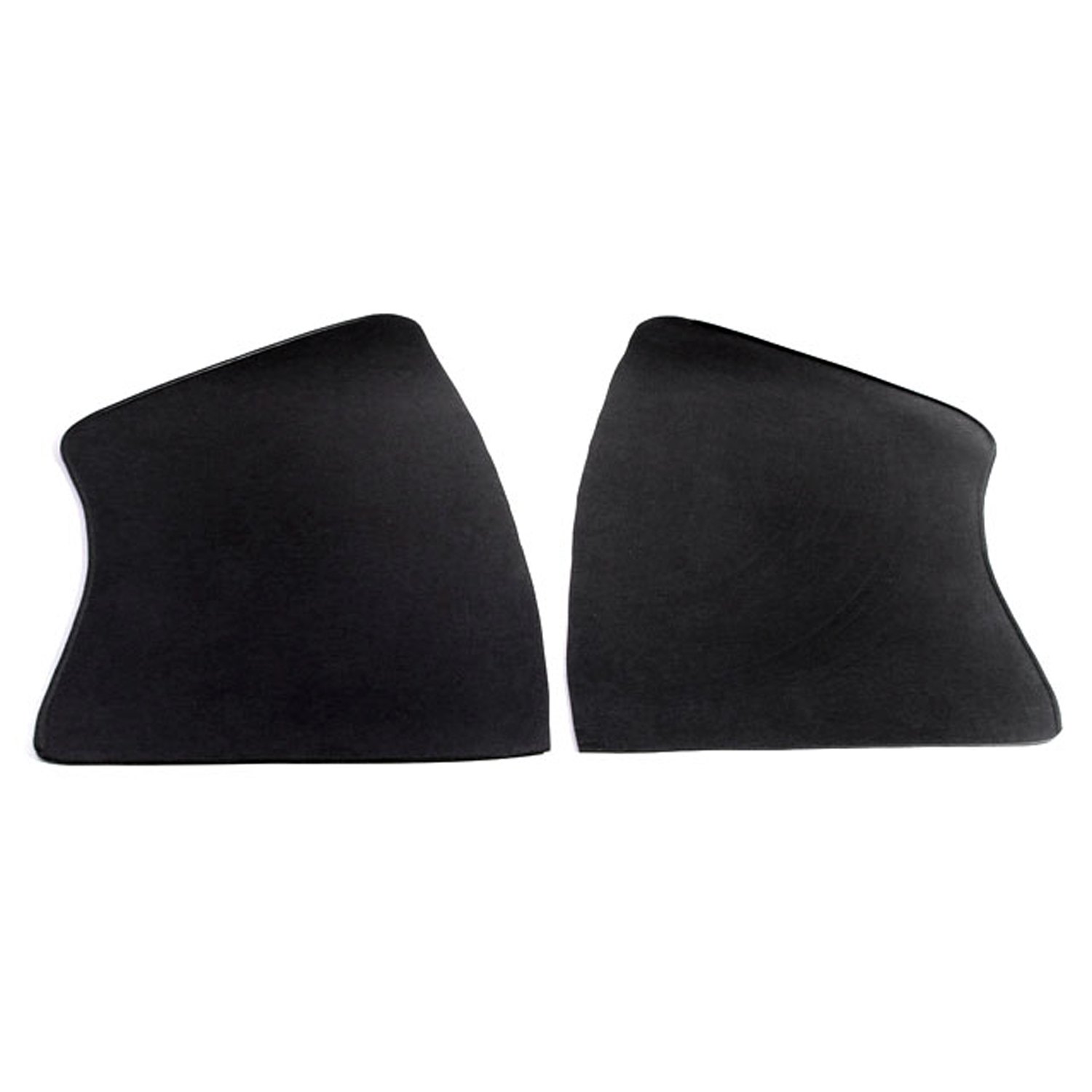 1930 DeSoto Model K Gravel Shields. Molded flat without metal backing plates-FS 31Gravel Shields. Molded flat without metal backing plates. Apply with contact cement. 18" long X 9-3/4" wide at bottom. Pair
1930 DeSoto Model K Gravel Shields. Molded flat without metal backing plates-FS 31Gravel Shields. Molded flat without metal backing plates. Apply with contact cement. 18" long X 9-3/4" wide at bottom. Pair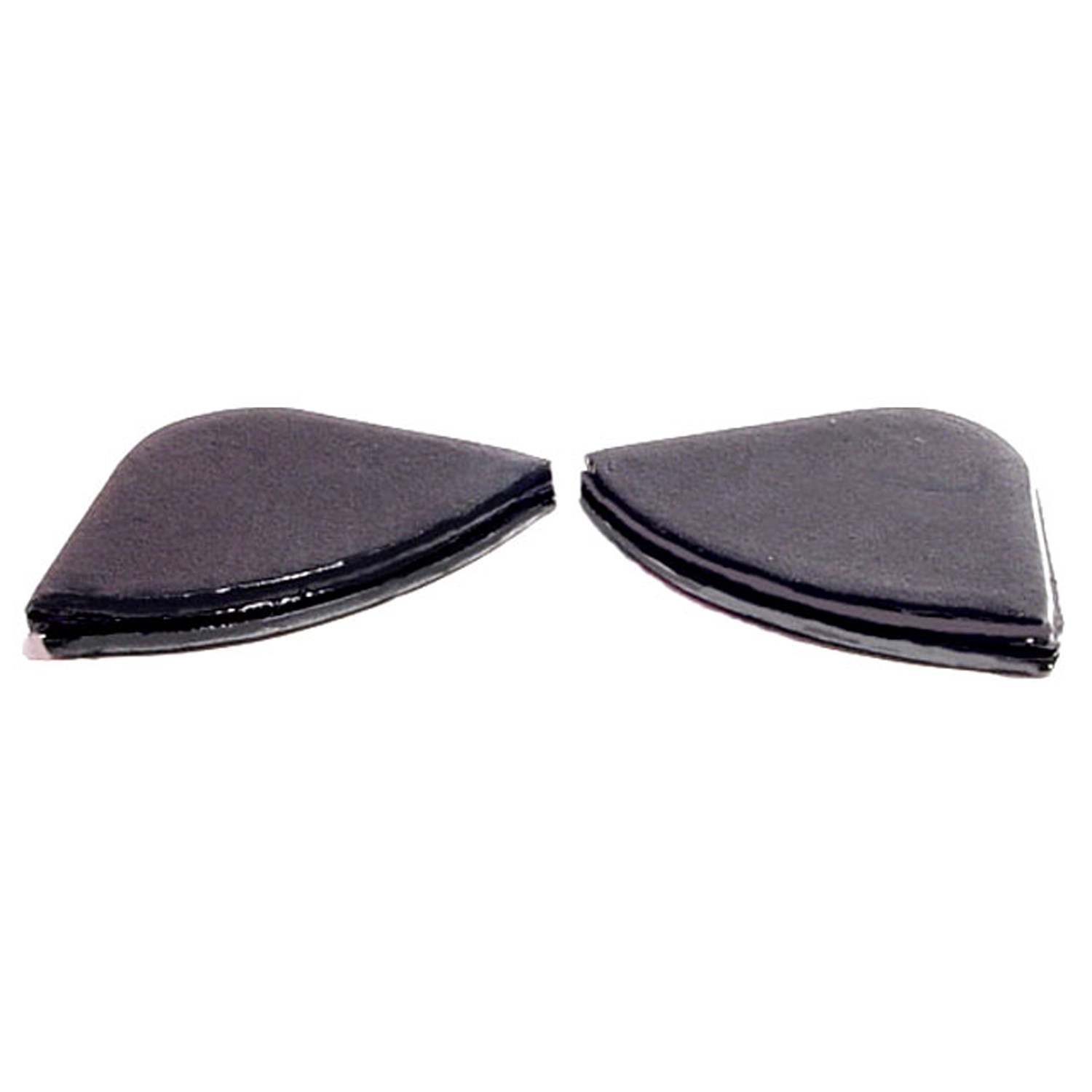 1930 DeSoto Model K Hood Corners. Fits flat corners-HC 19Hood Corners. Fits flat corners. 80° angle, 1/4" to 3/8" corner radius. 1-3/8" wide. Pair
1930 DeSoto Model K Hood Corners. Fits flat corners-HC 19Hood Corners. Fits flat corners. 80° angle, 1/4" to 3/8" corner radius. 1-3/8" wide. Pair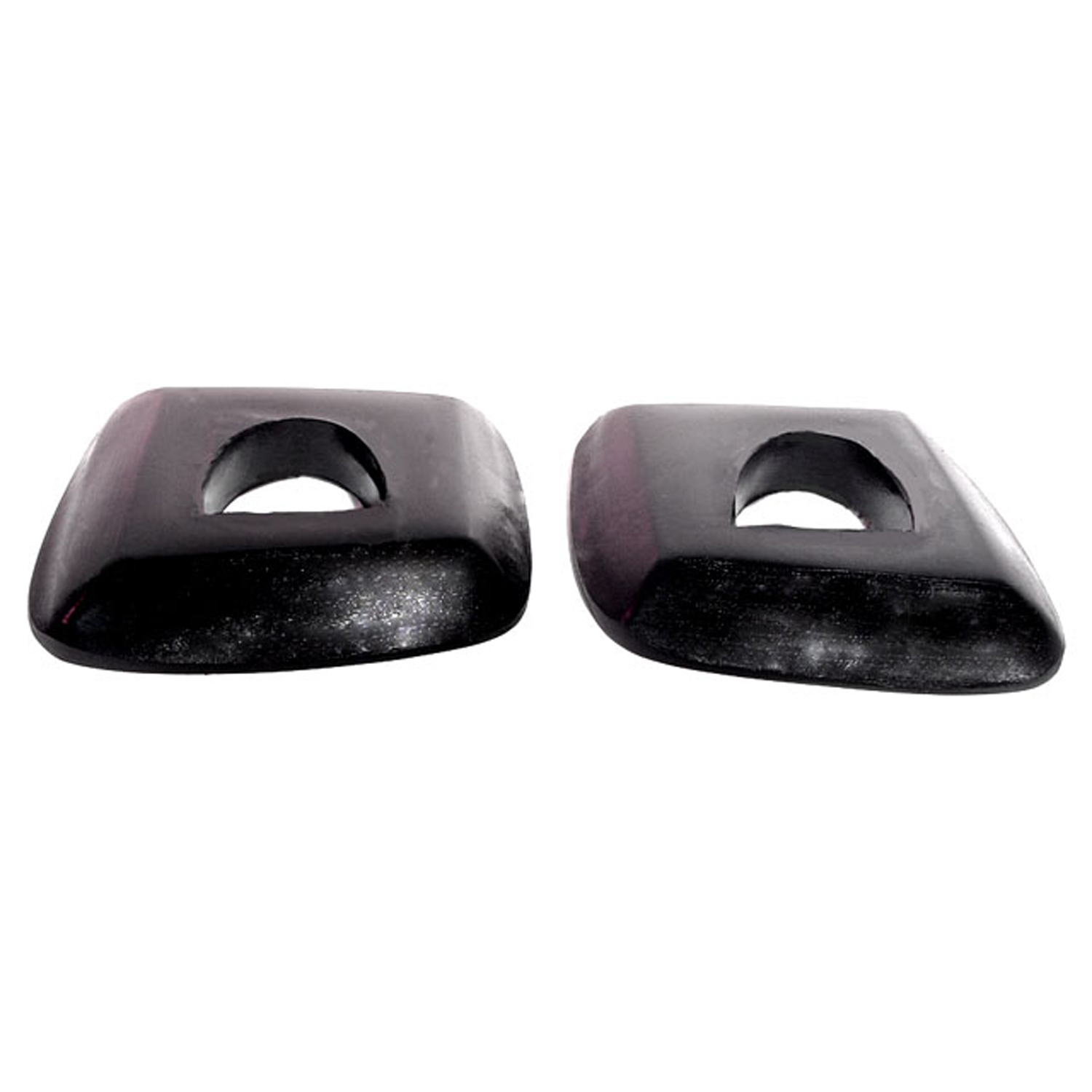 1930 DeSoto Model K Windshield Post Bases. Pair R&L-MB 14Windshield Post Bases. Pair R&L
1930 DeSoto Model K Windshield Post Bases. Pair R&L-MB 14Windshield Post Bases. Pair R&L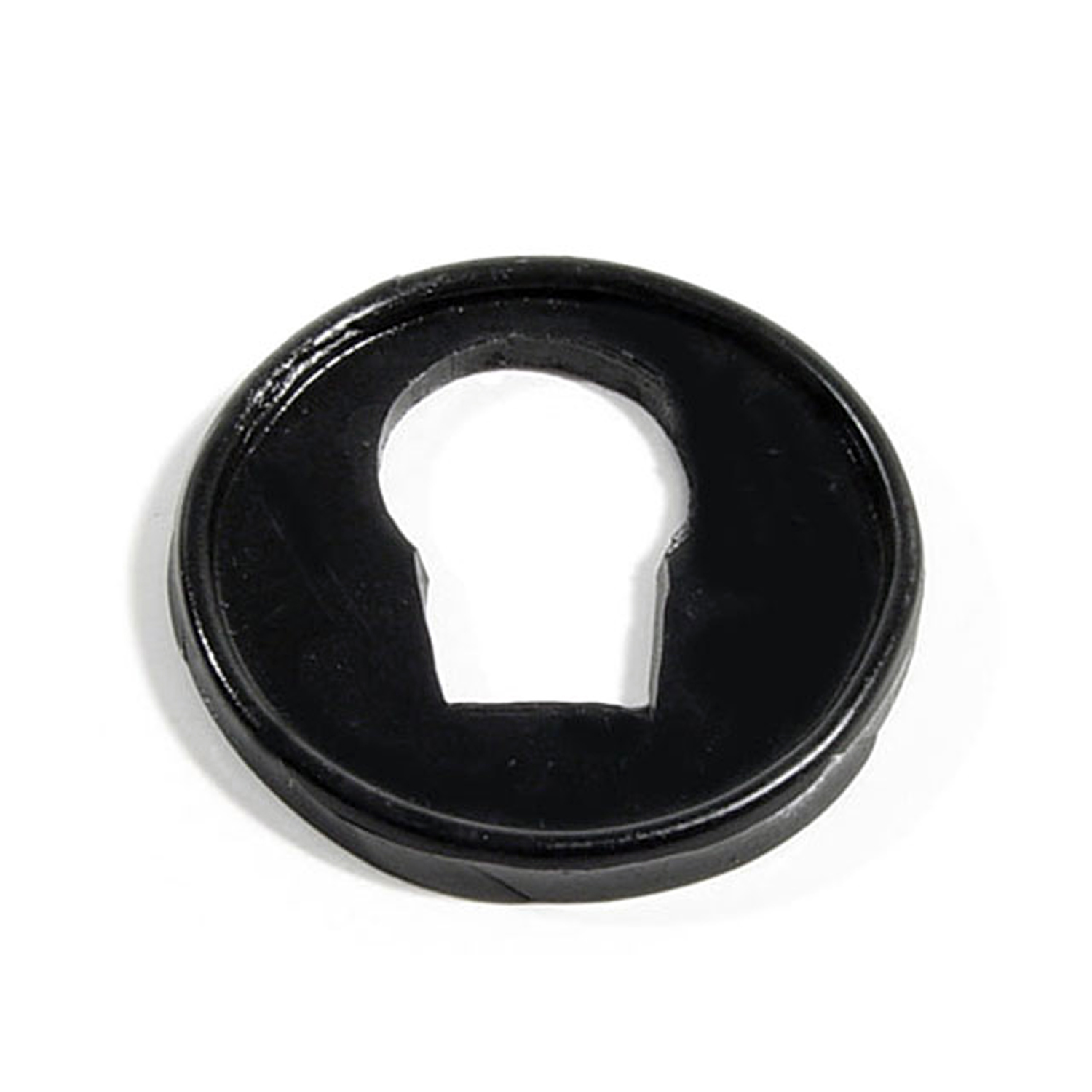 1930 DeSoto Model K Door Lock Pad. 1-3/8" O.D. Each-MP 551-CDoor Lock Pad. 1-3/8" O.D. Each
1930 DeSoto Model K Door Lock Pad. 1-3/8" O.D. Each-MP 551-CDoor Lock Pad. 1-3/8" O.D. Each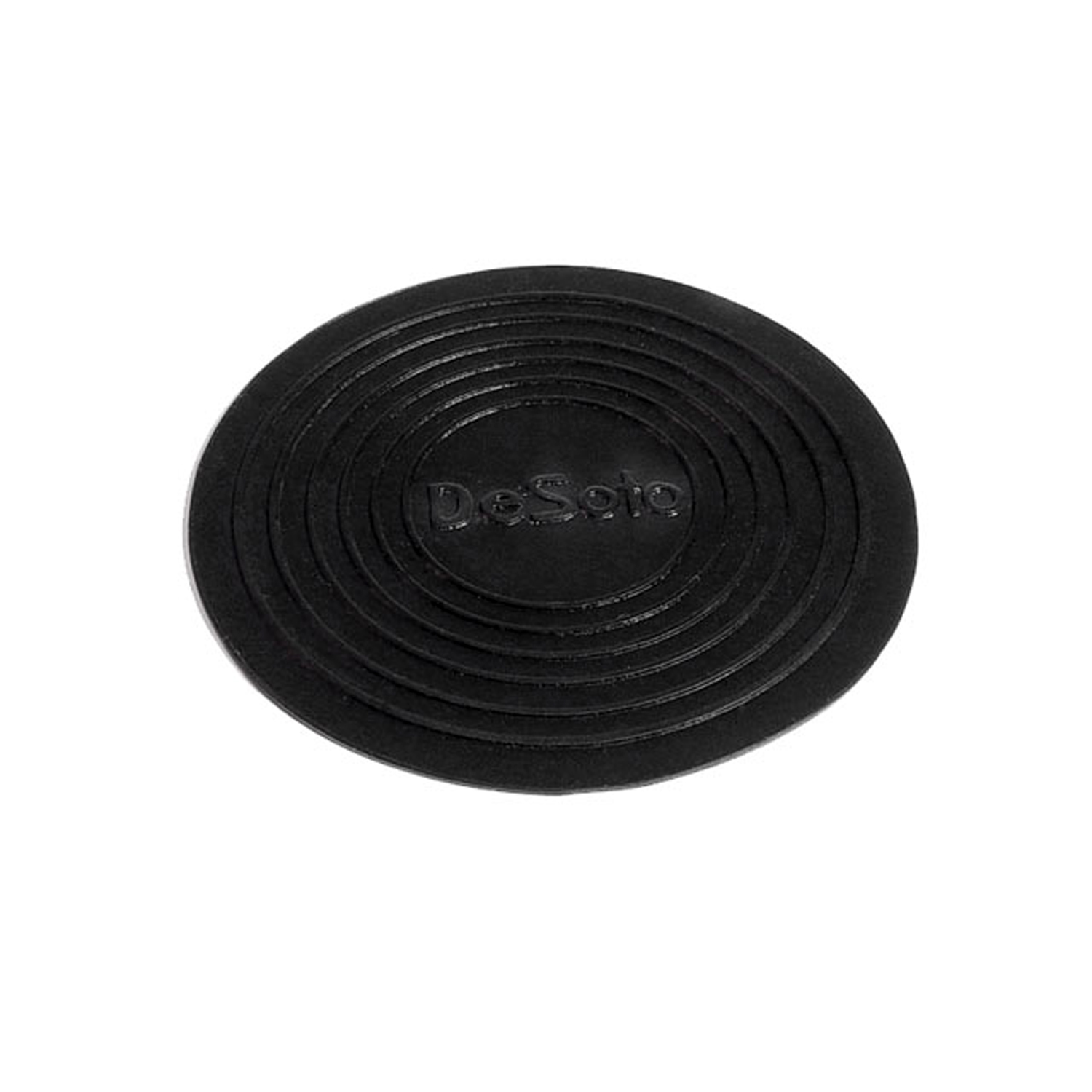 1930 DeSoto Model K Rumble Seat Step Plate Pad. Rubber face only. 4-1/4" O.D-SP 17Rumble Seat Step Plate Pad. Rubber face only. 4-1/4" O.D. Each
1930 DeSoto Model K Rumble Seat Step Plate Pad. Rubber face only. 4-1/4" O.D-SP 17Rumble Seat Step Plate Pad. Rubber face only. 4-1/4" O.D. EachWhy Choose Metro?
For over 100 years, Metro Moulded Parts has been the pinnacle of quality in classic car restoration parts. Our commitment to precision and authenticity in every component ensures a perfect fit and an OEM-level appearance.
- Expert Craftsmanship & Quality: Each part is a testament to our dedication to reliability and perfection, crafted from original designs and thoroughly tested.
- Advanced Technology: We use cutting-edge techniques to create flawless, long-lasting parts that surpass others in performance.
- SuperSoft Sponge – The Ultimate Door Seal: Not only are our door seals 30% softer than competitors', but they're also guaranteed to never leak. They effectively reduce wind and road noise, enhancing your classic car's comfort and driving experience.
- Proudly American: Our parts are a product of American craftsmanship, made in the USA with a spirit of excellence and heritage.
- Unrivaled Warranty: We back our products with a 30-year industry-leading warranty, a testament to our confidence in their quality.
Join us in preserving the legacy of classic cars with parts that are crafted for perfection, not just made.

